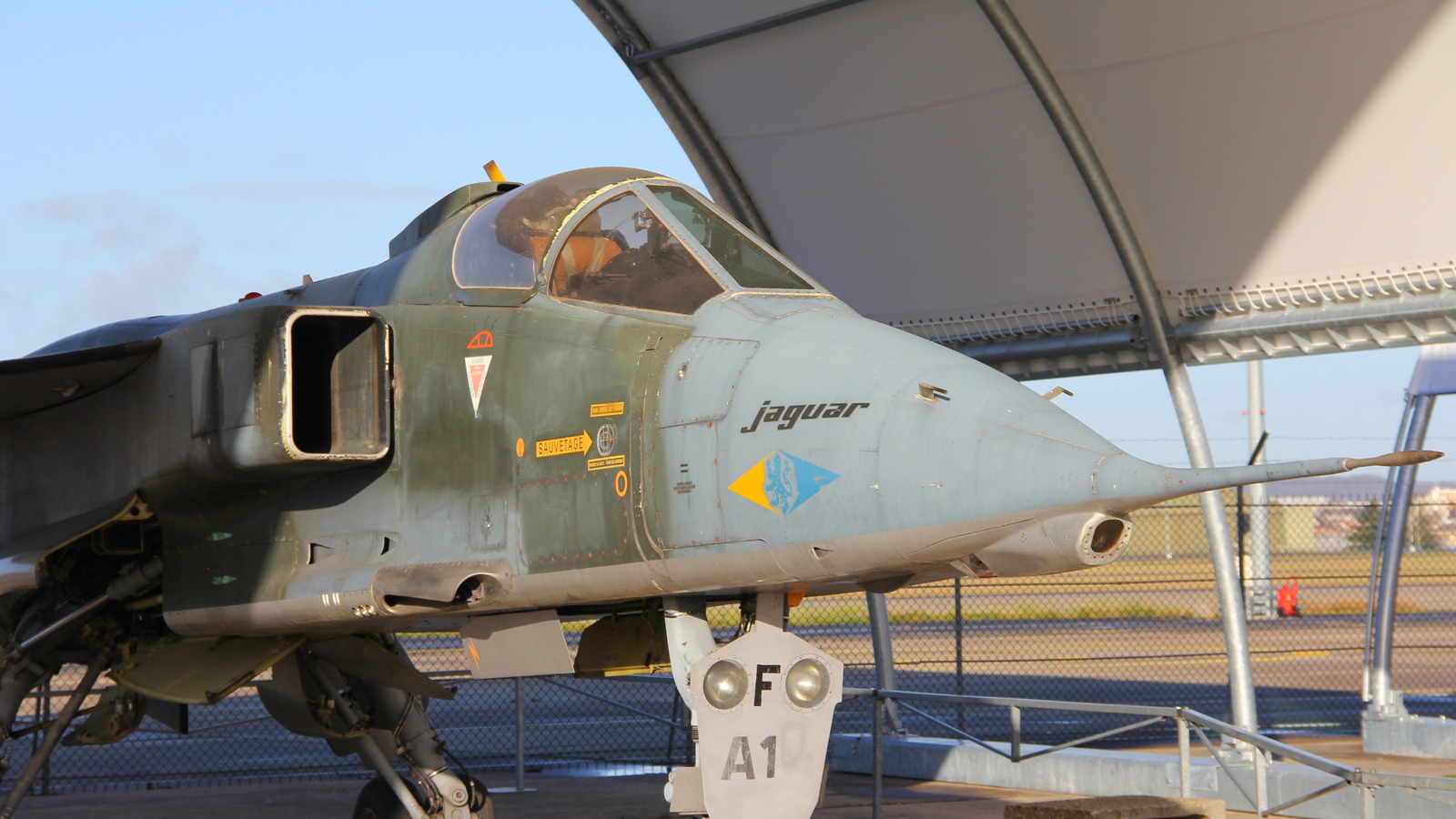
The Incredible Anglo-French Attack Jet Ready For Nuclear Strikes – SlashGear
The story of the SEPECAT Jaguar is one characterized by having too many cooks in the kitchen, proving that production hell is not a new condition. Somehow the various parties involved managed to overcome planning and production hurdles to create a tactical aircraft that went on to perform well under combat conditions.
In the early 1960s, the British Royal Air Force (RAF) was in the market for a new training jet. Meanwhile, the French Air Force was looking for a new plane that could act as a trainer as well as a light attack aircraft. France had already received proposals from two different companies — Dassault and Breguet — to design and build the new jet. The contract was awarded to Breguet in 1965. A few months later, the British and French governments agreed to form SEPECAT, a new organization that would jointly oversee the project with the goal of producing a single aircraft meeting the needs of both nations.
If history is any indicator, nothing keeps an expensive and complicated project on task and on time better than oversight from multiple national governments with competing interests. To complicate things further, Dassault — which lost with its initial proposal — then acquired Breguet, so the former competitors had to learn to work together in the midst of development. At the same time, both the U.K. and France insisted on using domestically made components as well as their own weapons systems, adding logistics complexity to the list of obstacles to ever getting this aircraft off the ground. It would be a tough road ahead for the Jaguar.
[Featured image by Clemens Vasters via Wikimedia Commons | Cropped and scaled |CC BY 2.0]
A surprisingly successful end product
 Tech. Sgt. Rose S. Reynolds/Wikimedia
Tech. Sgt. Rose S. Reynolds/Wikimedia
Pretty soon the Jaguar was redesigned as a supersonic jet capable of landing on aircraft carriers and carrying tactical nuclear payloads. It was expected that there would be two versions of the Jaguar: a two-seat training jet and a single-seat attack aircraft. When all was said and done, there were not two or even four, but 23 different variants of the Jaguar.
The Jaguar’s most impressive feature may be that it made it to production at all, eventually outfitting the U.K. and France with over 400 jets, roughly split evenly between the two nations. In addition, another 170 were sold to countries on four different continents, including Ecuador, Nigeria, Oman, and India. Perhaps most notably, Jaguars performed operations in support of the Persian Gulf War in the 1990s, but they participated in other combat operations as well.
Most of these aircraft have since been retired, replaced with Tornados and Typhoons in the U.K. and Rafales (still built by Dassault) in France. Other countries have also retired their Jaguars with the notable exception of India, which — unlike the others — purchased a license to manufacture its own Jaguars and still has many in service today. All in all, it’s an impressive resume for what started out as a training jet.
[Featured image by Tech. Sgt. Rose S. Reynolds by via Wikimedia Commons | Cropped and scaled | Public Domain]
































